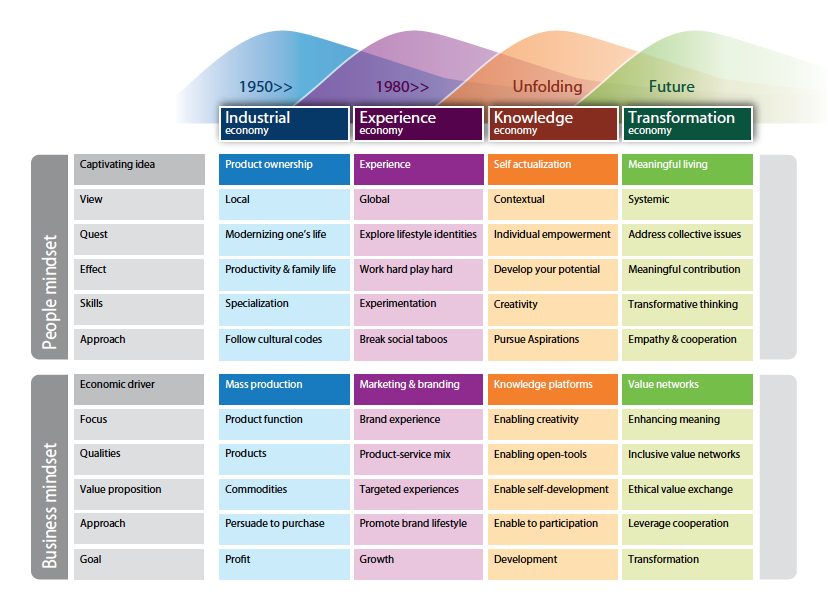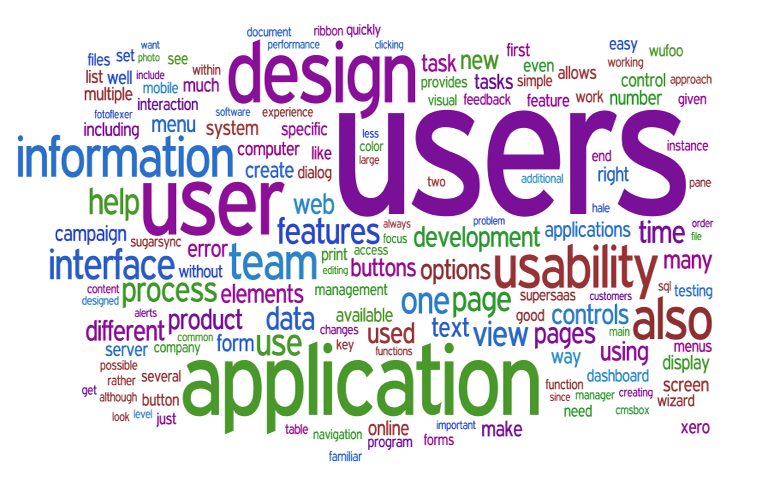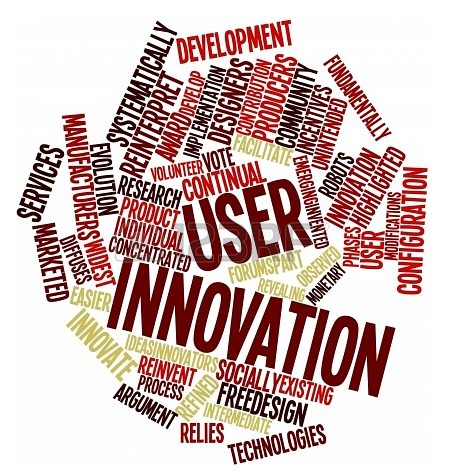On 16th July 2013 the Guardian raised the important question:
“Is food the future of philanthropy?”
This was as part of their report on Free Cakes UK – a service that matches keen amateur bakers with families struggling to provide their child with a birthday cake – delivering its 1,000th cake. Proving that perhaps, in this case anyway, cake is the answer to big questions.
Meanwhile, somewhere else in the world (Glasgow), on the same day, I (Fiona Wood) was starting my journey as a new IRISS employee.
I came to IRISS from a series of academic research posts in collaboration with various Scottish Higher Education Institutes and NHS Boards but I don’t have a healthcare background. In fact my background is as an academic researcher specialising in designing programs of activity for children’s outdoor play and learning.
So what’s it like for an academic/designer suddenly finding they work in the field of social services after years of working in education and health care? Well, let me tell you….
IRISS is different from any other place I’ve ever worked before. The office is large and open with all staff (including our director) sitting in the same space. At one end there are three sofas used for meetings, chatting, eating, reading and so on.
At the other end there is a bright pink wall with the words “learning, partnership, creativity” embossed in white across it. Below this phrases like “you are what you share”, “an essential aspect of creativity is not being afraid to fail” and “If you can’t explain it simply, you don’t understand it well enough” inspire the organisation.
There is bunting on the ceiling and always a fresh supply of chocolates, biscuits, lots of fruit and, of course, cake!
But, does this style of working work I hear you ask? Well, a colleague, also new to IRISS, summed it up pretty well I think when they said:
“Happier workers are more productive. Get the environment right and everyone functions properly and you produce some nice work”.
So yes, I think it works.
Now, how does this compare to other organisations I’ve worked for? Well, before IRISS I worked as a researcher in a hospital. There were not open offices, there were not sofas or relaxed spaces for staff to interact with one other and there certainly weren’t any pink walls with inspirational quotes. But there was cake.
However, in the hospital the cake wasn’t shared across hierarchies because there were doors in the way. The doctors had their cake; the nurses had their cake; the researchers had….well we would steal everyone else’s cake. The point is, everyone had a specific role and they stuck to it. They didn’t share ideas, they didn’t listen to one another, and they didn’t know what was going on with each other’s work. Instead, day in, day out, they came in and did their work and didn’t stop and think and question one another. This is not co-production.
At IRISS, there is a lot of listening and asking colleagues what they are working on; there is a lot of sharing ideas; and a lot of engaging with one another and openly questioning each other in a friendly way. Each of the staff members have a broad range of skills that they creatively feed into the organisation. This supports the wide variety of projects currently taking place within IRISS, allowing a spectrum of social service issues to be addressed and considered from a wide perspective.
The resulting difference is that in IRISS there is no room for egos or hierarchies.
I am reminded of the striking difference between these two approaches when I attend meetings with external partners. I’ve observed Health and Social Care professionals pointing the finger at one another and complaining about the ‘arranged marriage’ they are facing at the start of 2014. There is no conversation, no listening, no questioning, no engaging – instead I see more closed doors, more talking, more blaming.
It is clear more needs to be done to create a happy and collaborative relationship between these groups.
Perhaps they could learn from IRISS.
But what is the solution I hear you ask? Well, it’s been 9 weeks so far and I’m not yet sure, but as a starting point I suggest that if we really are going to work together to make a difference for people in Scotland receiving care through Social Services then we have to be willing to listen to one another and actually hear what the other parties are saying.
In short, if you’re going to have your cake and eat it, at least share it with your colleagues too [and that includes your external colleagues and those from other sectors].


